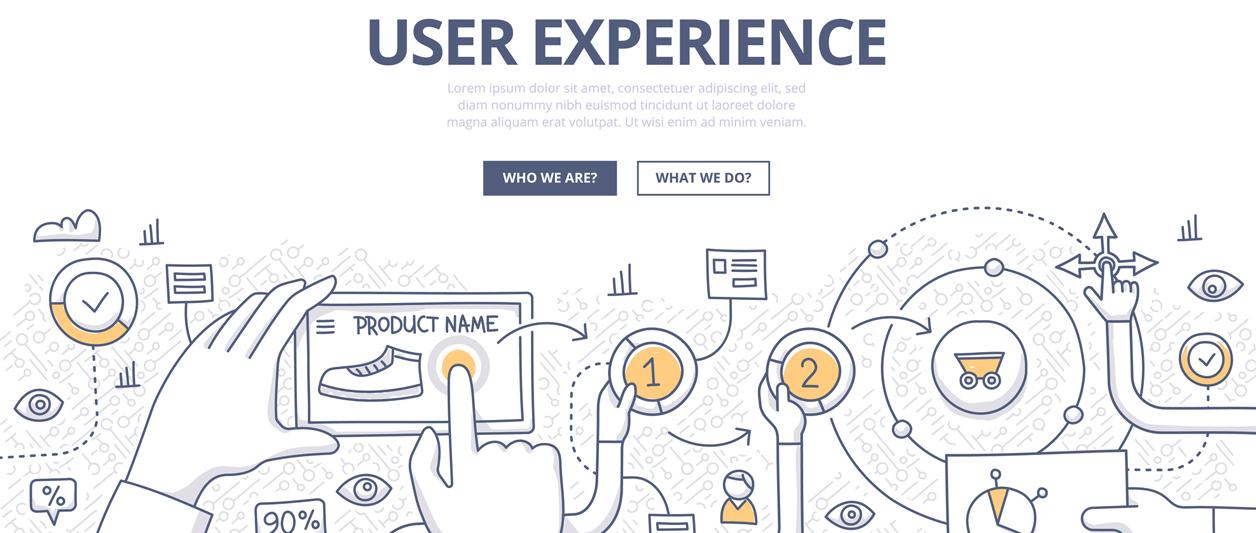
A solid user experience is critically important to the success of any website. Not only does the UX reflect directly on your brand and how visitors perceive it, it also impacts just how successful your website will be at making conversions and delighting clients. You may have already considered how things like using consistent color schemes and removing invasive or distracting ads can improve a user’s experience, but here are a few impactful suggestions for a better UX you may not have considered:
Improve Security
A study by Experts Exchange found that the average cyber attack cost the target company over $3 million. Now, you might be thinking to yourself “A $3 million loss sure is scary, but what does it have to do with UX?” Well the answer is that cyber attacks can have more to do with the user experience than you realize.
Attackers can have different goals in mind when they set their sights on a target. Their plan might be as simple as pure theft from a company, but it could also include stealing personal information from that company’s clients or knocking a site offline. Now think about it, would you consider having your banking information stolen or being unable to reach a website a good user experience? Probably not, and you’ll find your visitors in agreement.
Take measures such a using a secure connection to protect your visitors’ experience and both of
your wallets.
Speed Things Up
We’ve said it before, and we’ll probably say it again, but it’s so important that it bears repeating: your website needs to be fast and responsive. According to Kissmetrics, 40% of users will abandon your website if it takes longer than three seconds to load, so don’t expect to make very many conversions if visitors aren’t even staying on your site long enough to see the homepage.
If your site is suffering from constant server issues or poor design, it can result in a slow experience that will frustrate and ultimately turn away visitors.
Tidy Up Your Layout
Like slow loading times, confusing and cluttered user interfaces can prevent visitors from finding what they’re looking for. On the other hand, a clean, sufficiently simple interface can make it easier for them to discover where on your site they need to go to find what they’re looking for. This is especially important for mobile users, who only have so much screen real estate to spare.
Some industries and websites may require more text than others, but no matter what type of business you’re in it’s important to take a look and identify areas where you may have gone overboard with the verbiage. Obviously an article or blog post is going to be full of text, but your navigation bar probably doesn’t need to look like the index of an encyclopedia. Wherever possible, try to stick to the simplest language you can.
There are a lot of factors that impact UX, and these are only a few of the ways you can improve yours, but they’re rather important ones at that. Making sure your visitors have the best experience will serve them and you quite well.
Web design can seem tricky, but you can partner with the experts to make sure your user experience is flawless.
Let's Get to Work.
Have an unsolvable problem or audacious idea?
